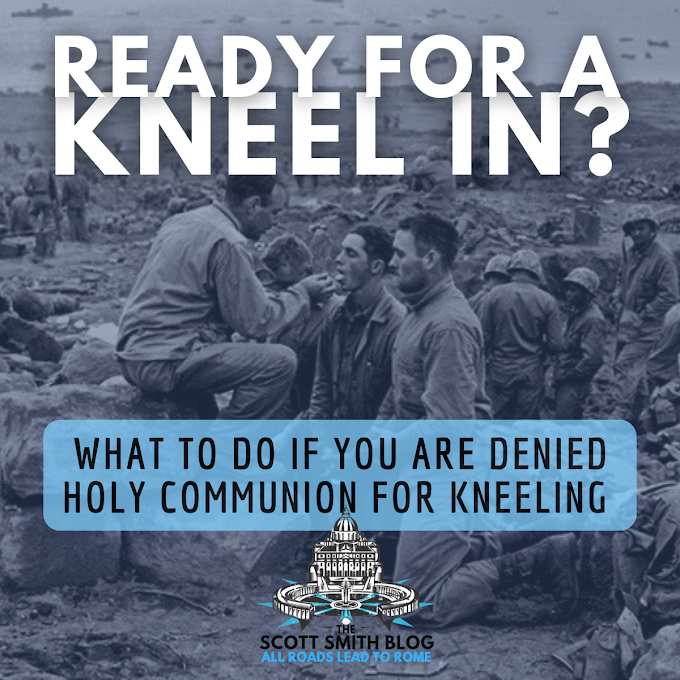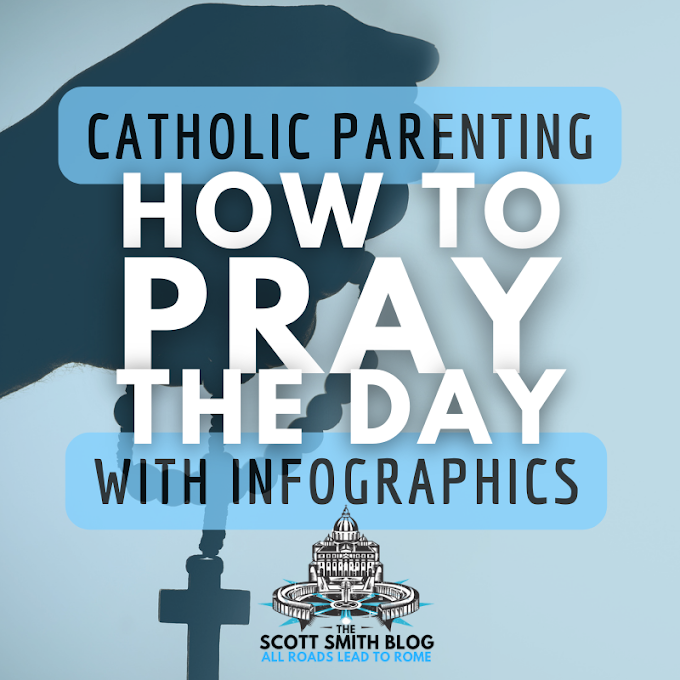Where did all these armies of trees--Tolkien's Ents and Huorns, Shakespeare's Birnam Wood, even Kurosawa's Throne of Blood--come from? The Bible.
In The Lord of the Rings: The Two Towers, the Ents march on Saruman's fortress of Orthanc in Isengard and are an unstoppable force and just plain cool. Also, the Huorns, who are either Ents who have turned treeish or trees that have grown wild and grumpy, march from Fangorn forest. They consume the retreating Uruk-hai from the Battle of the Hornburg at Helm's Deep.
What was Tolkien's inspiration for the Ents?
In a letter to the Anglo-American poet, W. H. Auden, Tolkien explains his inspiration for the Ents:
"Their part in the story is due, I think, to my bitter disappointment and disgust from schooldays with the shabby use made in Shakespeare of the coming of 'Great Birnam wood to high Dunsinane hill': I longed to devise a setting in which the trees might really march to war. And into this has crept a mere piece of experience, the difference of the 'male' and 'female' attitude to wild things, the difference between unpossessive love and gardening."(1)
Tolkien's Ents and Huorns were inspired by the marching of Shakespeare's Birnam Wood in the MacBeth. Do you remember that part of the play?
In Scene 3, MacBeth tells that doctor that he is not afraid of an invasion because of the three witches' prediction that 1) No man born of woman can kill him and 2) the woods must march before he is defeated. Well, guess what? Both of these things happen.
The First Prophecy
On a side note, do you remember how Tolkien also also used the first of the witches' prophecies, that "no man born of woman can kill him"? Sound familiar? The elf Glorfindel prophesized about The Witch-King Angmar, "Do not pursue him! He will not return to these lands. Far off yet is his doom, and not by the hand of man will he fall."(2). Eowyn--"I am no man!"--with the help of Merry eventually slays the Witch-King fulfilling the prophesy.
For Shakespeare, this prophesy was likely inspired by the Protoevangelium (First Gospel) of Genesis 3:15:
"I will put enmity between you and the woman, and between your offspring and hers; He will strike at your head, while you strike at his heel."
The "offspring" of woman, or the "seed" of woman as it is otherwise translated, can only refer to one man in all of human history. One man! Elsewhere in the Bible or other ancient documents you will only ever see the "seed of man," not woman. There is only one man in history who had no earthly father: the virgin birth, Jesus of Nazareth born of Mary and the Holy Spirit.
Isn't that amazing?? The whole Gospel was contained in one verse of Genesis. The whole of salvation history was outlined from the beginning. God wasn't making it up as He went. The most ancient prophesy of the Messiah is surprisingly clear: a virgin birth who will strike at the skull of the serpent. Where's was Christ crucified? Into what was the wood of Christ's cross thrust? What was the place's name? Golgotha, which means "place of the skull." Incredible!
The Second Prophecy
Back to MacBeth: In Scene 4, Malcolm instructs his army, "let every soldier hew him down a bough." The soldiers cover themselves in the branches of the Birnam Wood and advance upon Dunsinane Castle, fulfilling the prophesy:
But what was Shakespeare's inspiration??
The books of the Prophet Samuel detail, in part, the wars, rebellions, and conquests of King David. When Absalom rebels against his father David, David retreats to Ephraim Wood. Absalom pursues David into the wood, and his armies are completely routed. But David had some help:
I'm convinced that this description of the Battle of Ephraim Wood directly inspired Shakespeare's MacBeth, and in so doing inspired Tolkein. It's also entirely possible the Tolkien was directly inspired by Scripture, too.
Footnotes:
1. Humphrey Carpenter, The Letters of J.R.R. Tolkien (New York, NY: Houghton Mifflin, 2000), Letter #163.
2. The Return of the King, Appendix A (I, iv)
I look'd toward Birnam, and anon, methought,The wood began to move.” (Messenger, Scene V)
But what was Shakespeare's inspiration??
The books of the Prophet Samuel detail, in part, the wars, rebellions, and conquests of King David. When Absalom rebels against his father David, David retreats to Ephraim Wood. Absalom pursues David into the wood, and his armies are completely routed. But David had some help:
"The battle spread out over that entire region, and the thickets consumed more combatants that day than did the sword." (2 Samuel 18:8)Absalom, himself, was snatched from his mule by the branches of an oak tree and struggled there until Joab thrust three spears into him. Note, also, that three wounds marked the Sacred Heart of Jesus, the Son of God, as he hung from the wood of the cross. Of course, Christ, unlike Absalom, was blameless.
Footnotes:
1. Humphrey Carpenter, The Letters of J.R.R. Tolkien (New York, NY: Houghton Mifflin, 2000), Letter #163.
2. The Return of the King, Appendix A (I, iv)














1 Comments